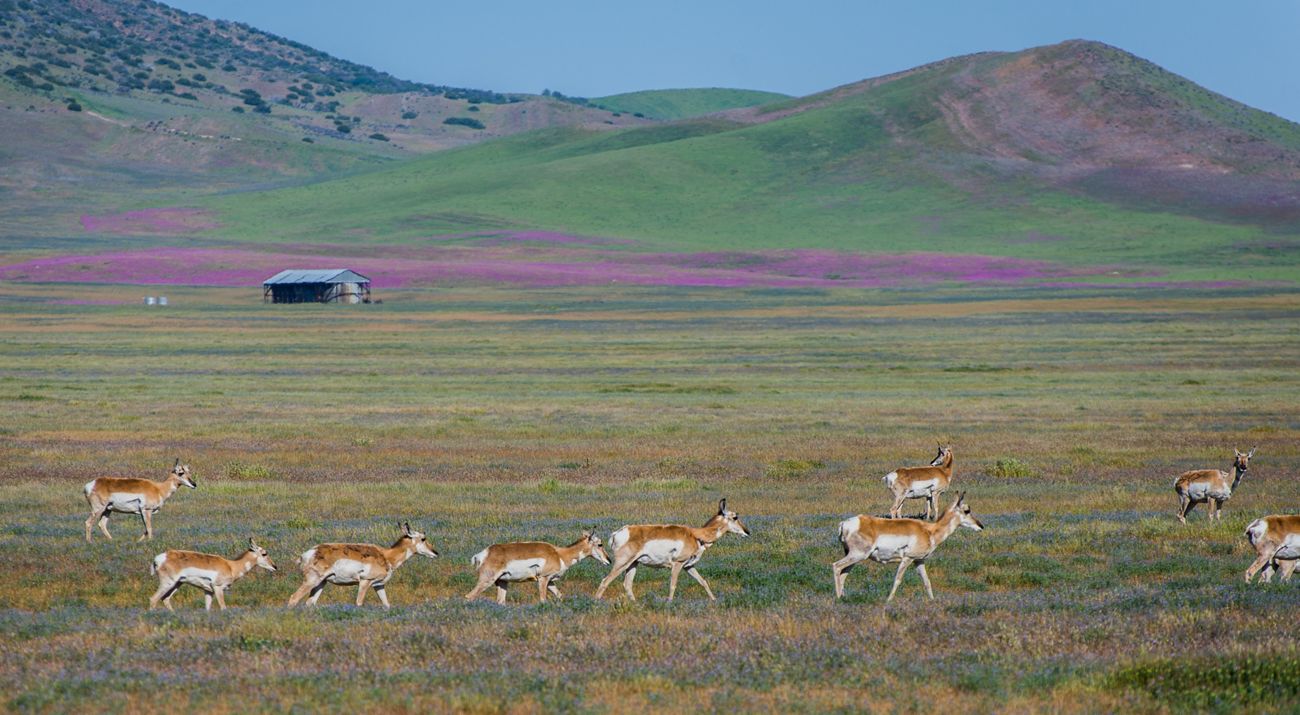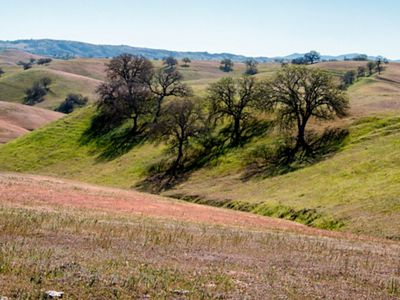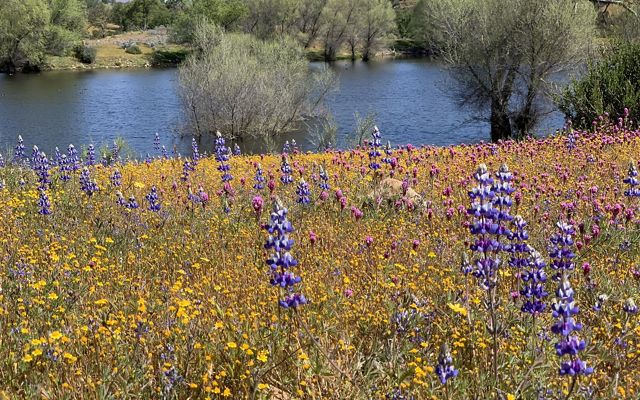Description
California’s Inner Coast Range contains what many consider to be the state’s most valuable unprotected wildlife linkage. The range runs along the San Andreas Fault, where tectonic activity created the conditions for amazing biodiversity, from plants found nowhere else on Earth to iconic species like pronghorn and tule elk. Though most people know the name San Andreas because of the fault line, the surrounding region has the potential to make a difference above ground with the establishment of the San Andreas Corridor.
Our goal is to create a series of wildlife corridors that span nearly 600,000 acres—a refuge on the scale required to sustain the full suite of the region’s native species in the face of climate change. We are connecting multiple protected areas, many of which were previously isolated: the Carrizo Plain National Monument, Carrizo Plains Ecological Reserve, Los Padres National Forest, Bureau of Land Management rangelands, and protected private and U.S. Forest Service lands.
This reconnected habitat will support a climate-resilient wildlife linkage and provide water resources for native species. It will also prevent further energy development from disrupting and fragmenting ecosystems.



